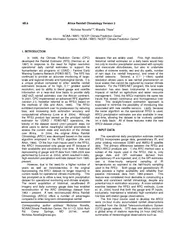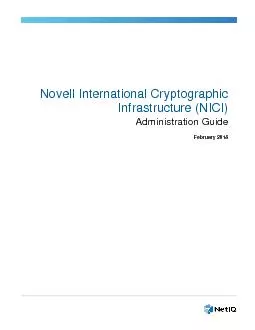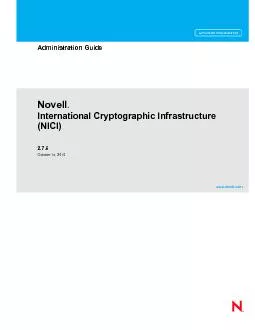PDF-B Africa Rainfall Climatology Version Nicholas Novell
Author : natalia-silvester | Published Date : 2015-05-16
6 Africa Rainfall Climatology Version 2 Nicholas Novella 12 Wassila Thiaw NOAA NWS NCEP Climate Prediction Center Wyle Information Systems NOAA NWS NCEP Climate
Presentation Embed Code
Download Presentation
Download Presentation The PPT/PDF document "B Africa Rainfall Climatology Version N..." is the property of its rightful owner. Permission is granted to download and print the materials on this website for personal, non-commercial use only, and to display it on your personal computer provided you do not modify the materials and that you retain all copyright notices contained in the materials. By downloading content from our website, you accept the terms of this agreement.
B Africa Rainfall Climatology Version Nicholas Novell: Transcript
Download Rules Of Document
"B Africa Rainfall Climatology Version Nicholas Novell"The content belongs to its owner. You may download and print it for personal use, without modification, and keep all copyright notices. By downloading, you agree to these terms.
Related Documents














